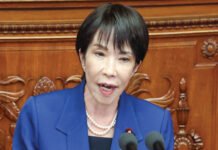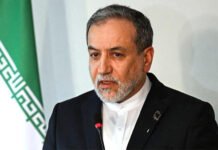Tokyo : Japan has taken a significant step toward revitalizing its nuclear energy sector as Niigata Prefecture Governor Hideyo Hanazumi approved the partial restart of the Kashiwazaki-Kariwa nuclear power plant. This facility, boasting the world’s largest capacity with seven reactors, had been offline since the 2011 Fukushima disaster. Operator Tokyo Electric Power Company (TEPCO) plans to bring the first reactor back online by March 2026, pending further safety clearances.
The decision reflects a strategic pivot in Japan’s energy policy to reduce dependence on imported fossil fuels, address soaring energy costs, and advance ambitious climate objectives. The Kashiwazaki-Kariwa plant, protected with upgraded safety features including tsunami barriers and power backup systems, is poised to deliver substantial clean energy to millions of residents.
While concerns remain regarding the seismic risks of operating in this earthquake-prone region, supporters emphasize the plant’s critical role in cutting carbon emissions and ensuring a stable, sustainable power supply amid global energy challenges.
TEPCO’s gradual restart plan marks the first major nuclear reactivation in Japan since Fukushima and signals a broader shift in public and government attitudes toward nuclear power in the face of evolving energy needs.
This development places Japan at the forefront of nuclear energy resurgence, balancing safety with sustainability to meet its long-term energy and environmental goals.














